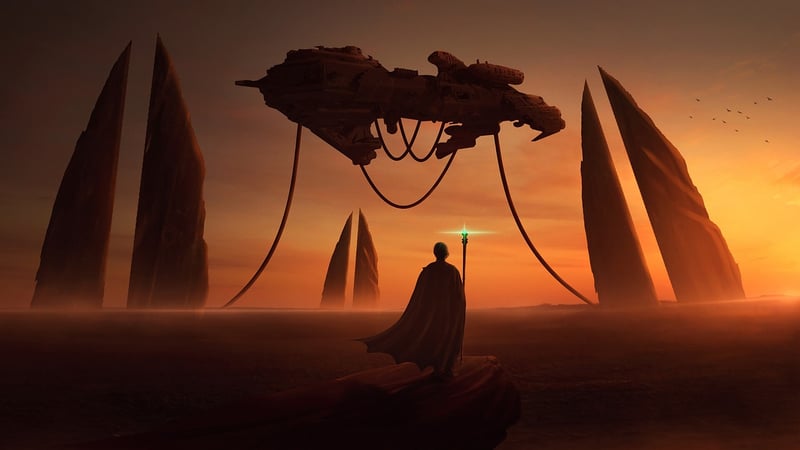Futuristic Expeditions
Exploring Various Eras and Futuristic Expeditions
Introduction
Embarking on journeys through different historical eras and imagining futuristic expeditions can be a thrilling experience. Whether you are a history enthusiast, a science fiction lover, or simply curious about the unknown, exploring these realms can offer a unique perspective and ignite your imagination.
Exploring Various Eras
Traveling back in time through different historical eras allows us to witness significant events, understand different cultures, and appreciate the advancements made by our ancestors. Here are some eras you might find fascinating to explore:
- Ancient Civilizations
- The Medieval Period
- The Renaissance
- The Age of Exploration
- The Industrial Revolution
Immersing yourself in these eras through books, movies, historical sites, and museums can provide a deeper understanding of how the world has evolved over time.
Imagining Futuristic Expeditions
Looking ahead to the future and imagining what lies beyond our current technological capabilities can be both exciting and thought-provoking. Some futuristic expeditions that capture the imagination include:
- Space Exploration to Other Planets
- Colonization of Mars
- Time Travel
- Interstellar Travel
- Exploring Artificial Intelligence
While some of these concepts may seem like science fiction, rapid advancements in technology are bringing us closer to turning these ideas into reality.
Conclusion
Whether you are delving into the past to learn from history or looking towards the future with a sense of wonder, exploring various eras and futuristic expeditions can broaden your horizons and inspire you to think beyond the present. So, embark on these intellectual journeys and let your imagination soar!

For more inspiration on historical eras and futuristic expeditions, stay tuned to our website for exciting updates and insights.
References: History.com, NASA
